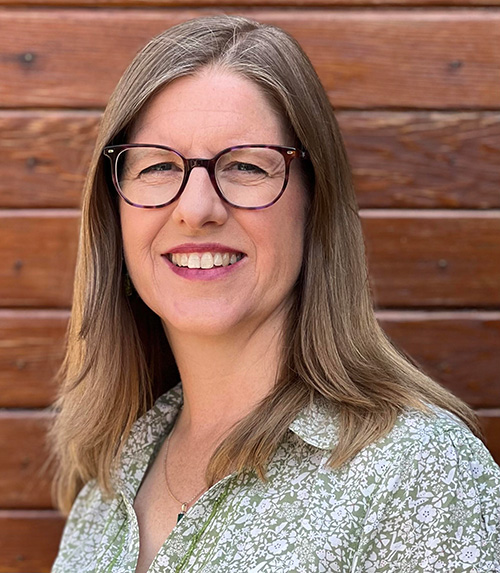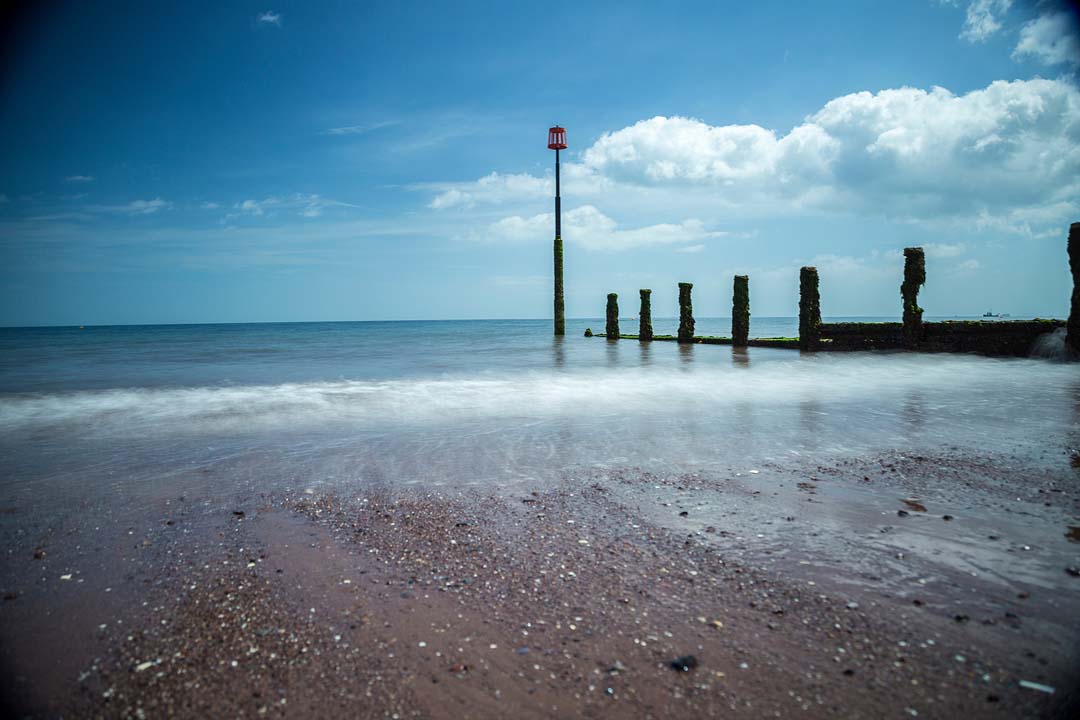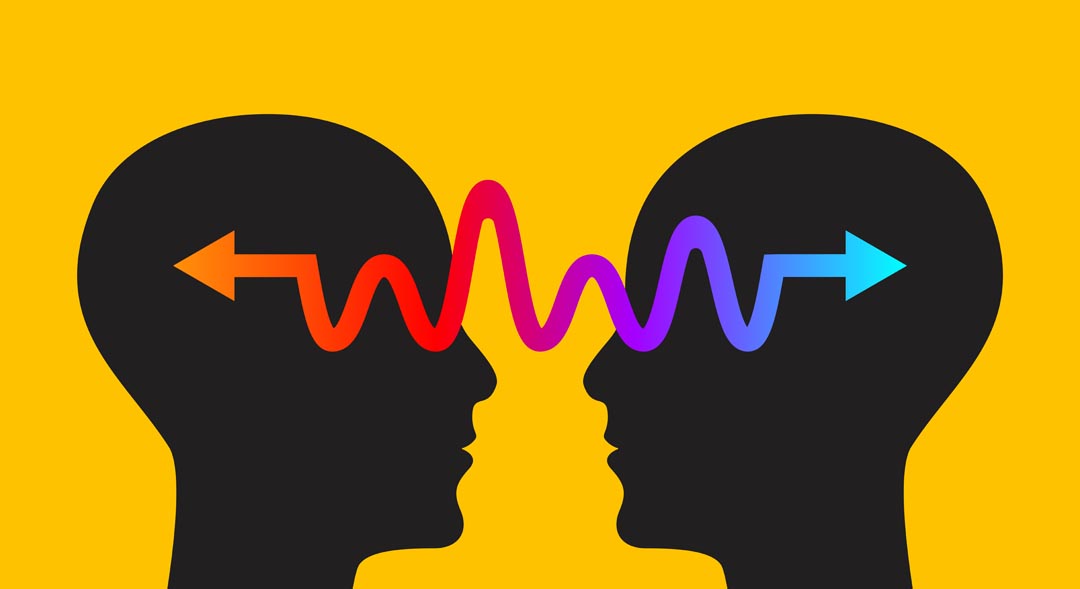Michelle Parry-Slater doesn’t like to be cold. So when a friend suggests a dip in the sea she was less than enthusiastic
I was born in August, so I blame my summer birth on the fact that I hate the cold. I would be cold if I lived on the sun. I was looking forward to Menopause heating up my stone-cold blood. (It didn’t work, I still hate the cold.)
Recently I spent the weekend in Devon with a dear friend I’d not seen for half a decade. She’s a beautiful human being who gives good energy with kindly crafted questions, gentle insight and love. All marvellous – except she swims in cold water. What a crazy person!
Resistance is futile
I wasn’t on my visit for long before she started asking me to join her for a sea swim. I resisted. I suggested I’d watch from the beach. I reminded her it was October and I don’t like being cold. With much insistence, I was reassured the sea was warm, having had all summer to heat up. Apparently, it was a whole 14 degrees Celsius, which was the air temperature forecast too. I continued my resistance and questioned my friend’s sanity.
Fear is a real killer of learning, a thief of progress and a blocker to pride and accomplishment
I’m not a strong swimmer. I’ve not been in the sea since I started wearing glasses as a child. I remember being wet then sand sticking everywhere; like the Princess and the Pea, I could always feel it. We all know the drama of trying to get a wet swimming costume off whilst shivering. No thanks. Sea swimming can jog on.
Trusting the process
On the Saturday evening we had fun at a comedy evening. We bumped into an array of delightful people who turned out to be fellow sea swimmers. They too insisted my friend was accurate in her protestations of the sea being warm. So call it peer pressure, increased trust, or simply being worn down – whatever it was, I found myself on the beach on Sunday morning. I held my friend’s hand tightly as we walked into the sea together. I parked my gasps to brave breathing deeply as I realised the ambience of air and sea did indeed feel warm. Unbelievably the whole experience wasn’t at all bad – disgustingly salty, but actually pleasant enough for me to do it again, and even recommend it.
My learning from this experience was intensely profound. I recognise how many assumptions were holding me back; there was ungrounded fear, skills and ability worries, a bit of past experience baggage, and a lack of bravery. In the end, curiosity got the better of me.
When we offer learning experiences to colleagues, do we actively investigate or understand their fears? Fear is a real killer of learning, a thief of progress and a blocker to pride and accomplishment. As adults there is such a societal pressure to have your ‘life together’, so much so that even the identification of a learning need can rock someone’s pride and trigger the blockers to participation. Earlier this year I facilitated in a classroom with senior directors who said ‘they’ (othering is rife where fear abounds) were forced onto the course as a punishment for their team’s lack of skills. They couldn’t even hear what they were saying in the narrative they told themselves, and they certainly saw absolutely no spark of opportunity by partaking in the programme.
Space for learning reflection
My experiential swim was literally immersive learning in every way, not least the thoughts that sprung up before, during and after the swim. Yet so many learning activities are now sandwiched between meetings and calls with a bitesize hour. Where is the curiosity? Where is the immersion in learning? There is a lot of call for a return to face-to-face courses, not live online or eLearning, but I don’t think that is the answer – the one-day course is ‘injection education’. Injections wear off.
My post-swim reflections have taken me to wonder what has happened to experiential learning? It seems to have gone out of fashion. I recently went to the World of Learning Conference, having not been for years. It was really interesting, but it struck me there was no climbing wall, no learning bus, nor any venues advertising spaces as there had always been in previous years. Other than Dr Mark Davies of See Learning Films with his motorbike and VR headset enabling you to feel like you were travelling across Europe, albeit via his digital film, physically experiencing learning seemed to be missing. Are we doing enough to invite the feeling into learning experiences? We all have feelings. When we deny ourselves we don’t get the best out of learning opportunities. What assumptions are holding you back? How are we as L&Ders easing our learners’ way in? Are you holding their hand? The pendulum of experiences may have perhaps swung too far the other way. I continue to ponder.

Michelle Parry-Slater, is director of Kairos Modern Learning and author The Learning and Development Handbook




